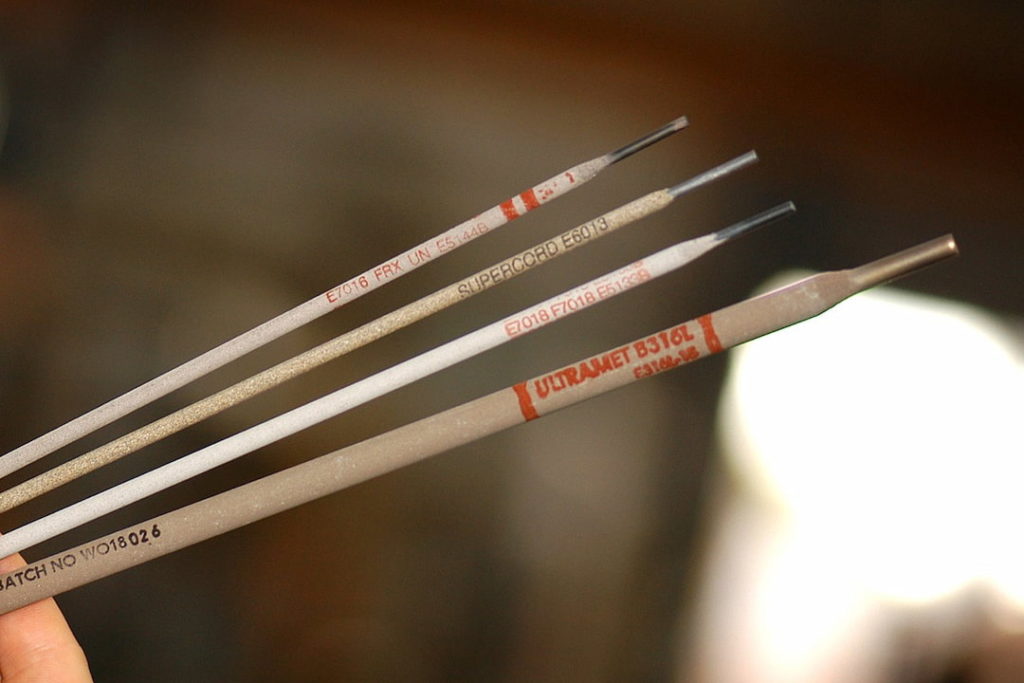Are you a welder? Have you ever needed clarification on what do welding rod numbers mean? Whether you’re just starting in the world of welding or have been practicing for years, understanding what all those potential welding rod numbers are is fundamental.
Table of Contents
This blog post will help clear up any confusion and clarify what welding rod numbers mean and why they matter. So if you want to become an expert on identifying different types of rods, read on!
Key Takeaways
- For a specific welding job, a specific rod is chosen, and that is based on its rod number.
- E6010 is only used for DC power sources, and its letter E would represent the Electrode
- Stick electrodes are commonly called welding rods.
- To choose a stick electrode, you should have the basic knowledge of welding. If you don't have this knowledge, it may lead to failure.
How do I choose a welding rod?
Welding rods are grouped into three main categories: stick electrodes, flux composition, and SMAW (Shielded Metal Arc Weld) stick welder electrodes. Each rod type has unique characteristics that make it better suited for specific welding jobs, so you have to choose the rod according to your job.
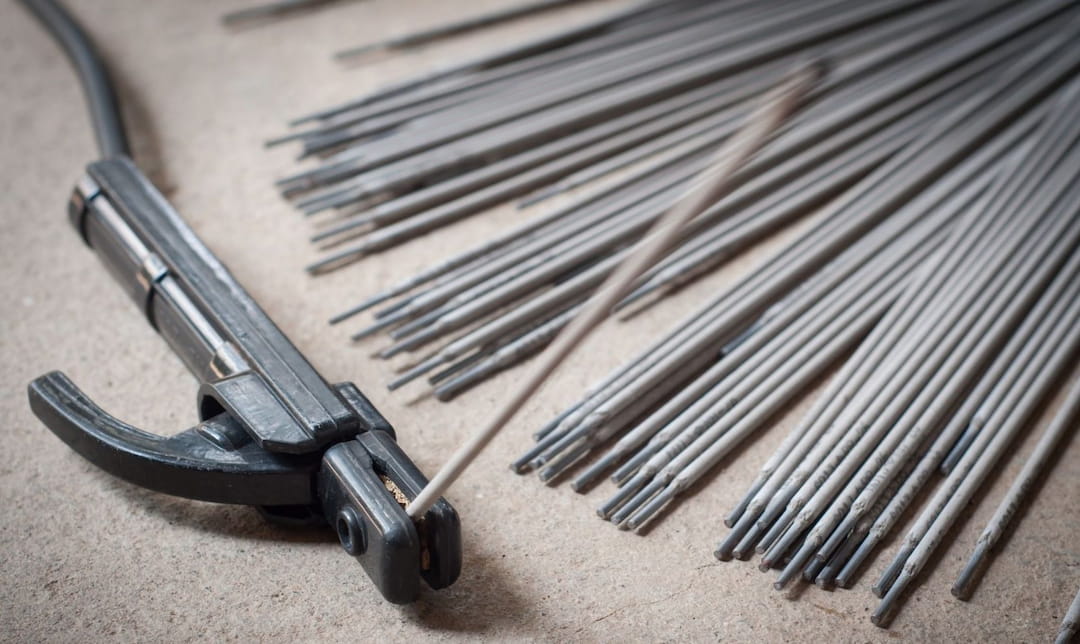
Stick electrodes are the most widely used type of welding rods, and they typically have a coating that protects them during welding. They are usually made of mild steel, stainless steel, aluminum, or copper alloy materials. Stick electrodes (unlike wire spools for MIG welding machines) come in various diameters and lengths, and their resistance to corrosion makes them suitable for indoor and outdoor work.
Flux-cored electrodes are similar to stick electrodes, but filled with flux inside the rod's core. This flux helps to reduce spatter and improve weld quality by providing an inert gas shield around the welding arc. Flux-cored electrodes come in both self-shielded and dual-shielded varieties, and can be used for mild steel, stainless steel, aluminum stick welding, and chromium alloys.
SMAW electrodes are made of a metal wire and use flux-coating to protect the weld puddle. They can be used for welding mild steel, stainless steel, and aluminum alloys. Regular flux core welders use wire spools, however, not rods.
SMAW Electrodes
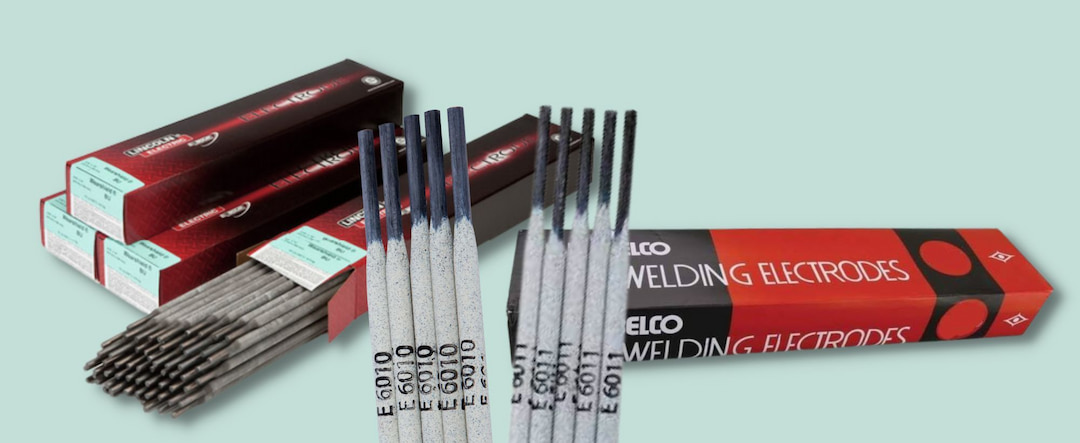
The shielded metal arc welding (SMAW) electrode is the most common welding rod used for stick welding. These welding rods are identified by numbers and letters, each with specific meanings. The first two or three digits indicate the minimum tensile strength in thousands of pounds per square inch (ksi).
- For example, a 6010 electrode has a minimum tensile strength of 60,000 psi. The next two digits indicate the welding position for which the electrode is designed — flat (1), horizontal (2), vertical (3), or overhead (4). For example, a 6011 is made to be used with a flat weld position.
- The last digit indicates whether the rod is rutile or basic type. A 0 indicates the electrode is of a rutile type, while 1 denotes a basic type. Rutile electrodes produce slag that’s easier to remove than basic electrodes, and require less skill.
- There may be a letter suffix following the electrode number — either A or B — which indicates the coating type of the electrode. An A suffix means the rod has an acid-type coating, while a B suffix denotes a basic-type coating.
FCAW Electrodes
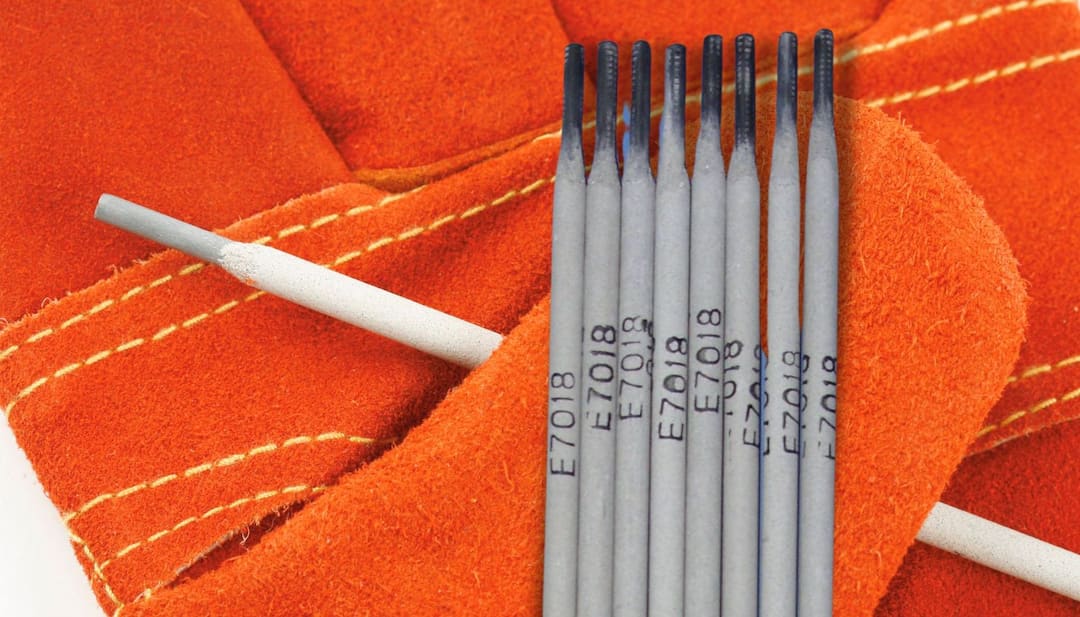
FCAW (Flux Cored Arc Welding) welding rods come in two varieties: self-shielded and gas-shielded. Self-shielded FCAW electrodes do not require an external shielding gas, while gas-shielded electrodes rely on inert shielding gas to protect the arc and weld pool from oxidation.
An “E” prefix identifies self-shielded welding electrodes and a four-digit number and represents the welding it will be used for. The first two digits of the number describe the minimum tensile strength (in thousands of pounds per square inch) that the weld metal will have, while the last two numbers indicate a range of welding positions that can be used with the rod, like horizontal and flat positions.
- For example, an E7018 electrode has a minimum tensile strength of 70,000 psi and can be used on all flat or horizontal positions.
- Gas-shielded electrodes are identified differently than self-shielded electrodes. Instead of an “E” prefix, they have a number followed by either a “G” or “S.” The number signifies the operating range, with four meaning low current and 8 indicating high current. For example, a G4 electrode would require a lower current than an S8 electrode.
How do you store welding rods?
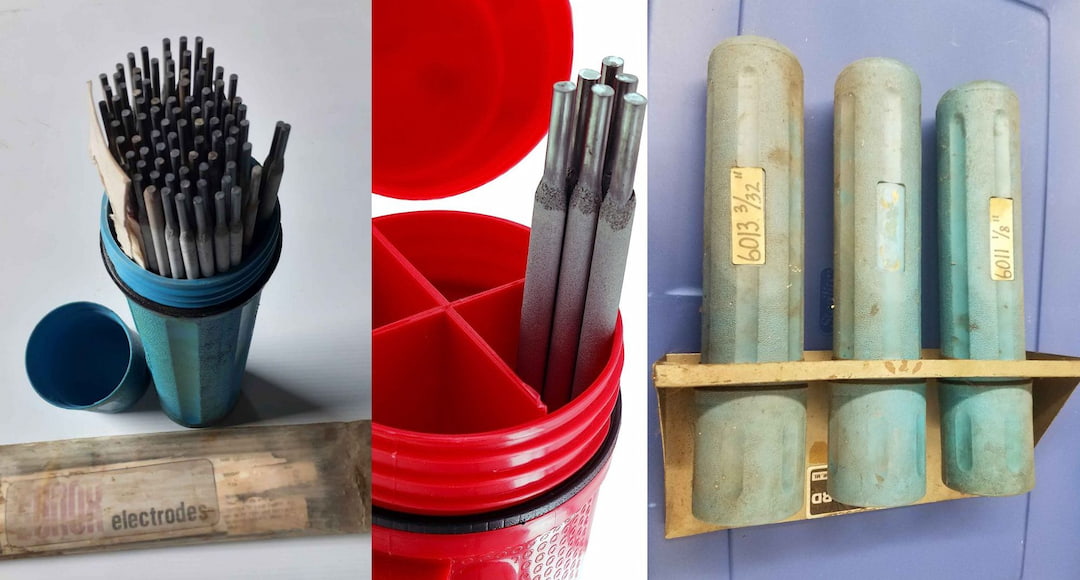
Welding rods should always be stored in a clean, and dry place, and this should be your priority. Keeping them away from moisture and other contaminants is important, as this can affect the rod's performance. These rods should also be kept upright in their original containers or securely packed in a box with dividers between each type of welding rod.
You should ensure that the container is labeled with the type of welding rod, so it can be identified easily when needed. Before storing them for an extended period, make sure that all rods are still within their expiration date and discard any rods that have expired or may be damaged or compromised in some way.
What are the most common stick electrodes?
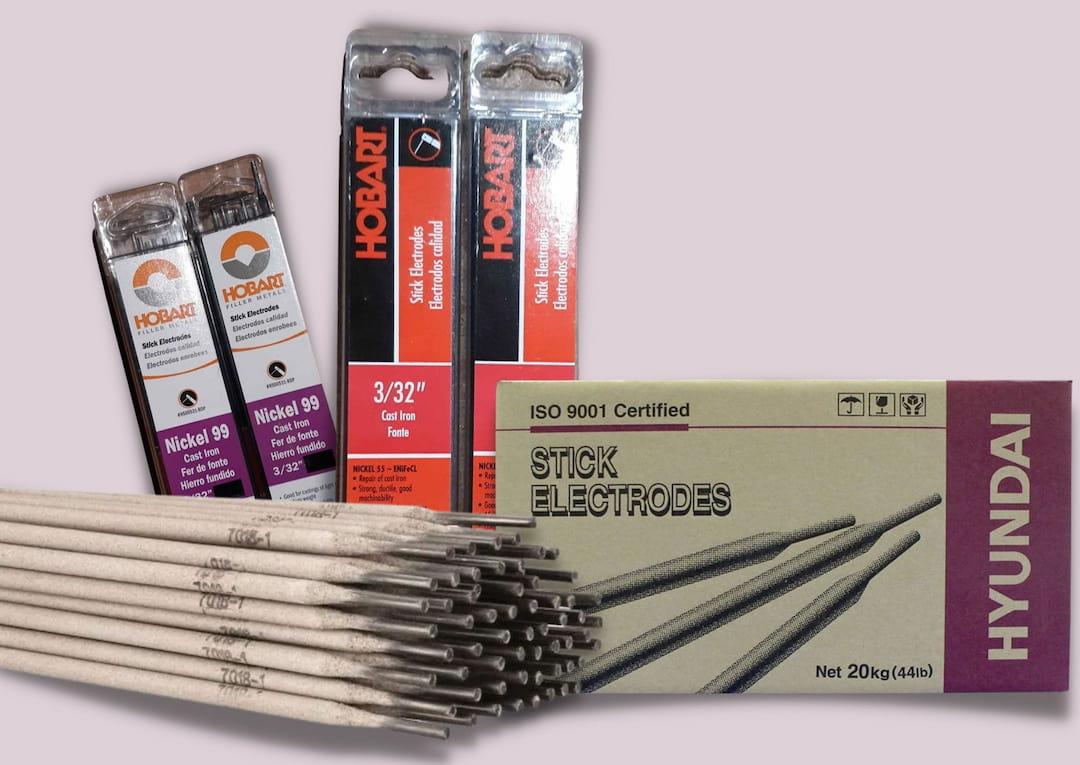
The most common stick electrodes are mild steel, stainless steel, and hard-facing electrodes. Mild steel electrodes are the most commonly used for general welding because they weld quickly and easily with a smooth bead appearance. Stainless steel electrodes provide corrosion resistance, strength, and flexibility when welding stainless steel.
For example, E309-16 is a popular choice for welding heat resistant austenitic Chromium-Nickel steels of similar analysis such as AISI 309 or 309S. It's suitable for joining dissimilar metals such as 18Cr-8Ni and stainless steel to mild steel.
At the same time, hard-facing electrodes create wear-resistant layers for repairs and joining of hard-surfacing alloys. All three types are available in various sizes and shapes, from small thin sticks to larger rods, allowing welders to select the appropriate electrode. No matter which type is used, following welding safety precautions is essential when working with welding electrodes.
FAQs Related to Welding Rod Numbers
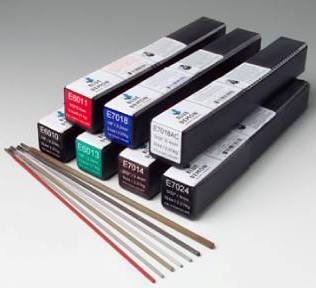
Does welding rod size matter?
Yes, welding rod size does matter. The right rod size gives you better weld control, increases heat transfer for greater penetration, and reduces distortion and spatter. Different types of projects require different sizes of rods to achieve the desired result. It is important to read the instructions on your welding rod package and choose the correct size for your particular project.
What does M mean in welding symbols?
The M in welding symbols refers to the type of metal being welded. It typically stands for mild steel but can also mean stainless steel or other metals, depending on the context. The specific type of metal should be specified on the weldment drawing or symbol.
How do you read welding rod numbers?
Welding rod numbers are typically composed of a combination of letters and numbers. The first two digits indicate the minimum tensile strength, usually expressed in pounds per square inch (psi). For example, an E6010 welding rod has a minimum tensile strength of 60,000 psi.
The third digit indicates its intended position, with seven being for all positions and 8 or 9 for flat and horizontal positions. The fourth digit indicates the type of coating on the electrode, such as iron powder or cellulose-based coatings.
